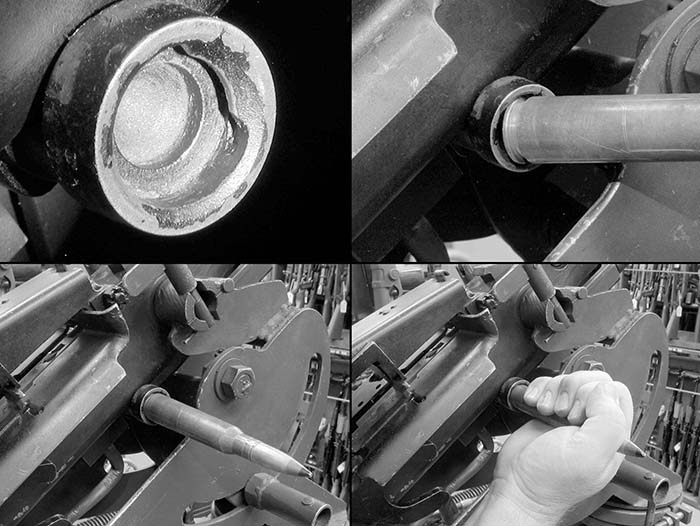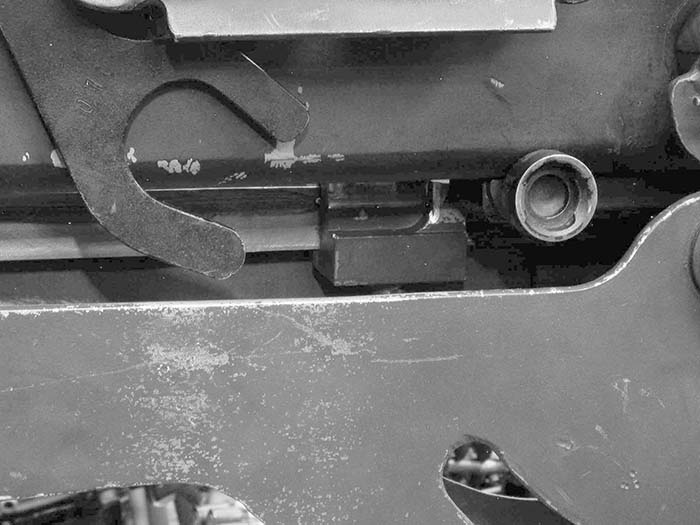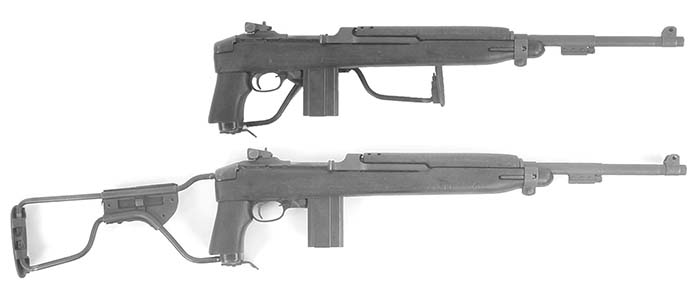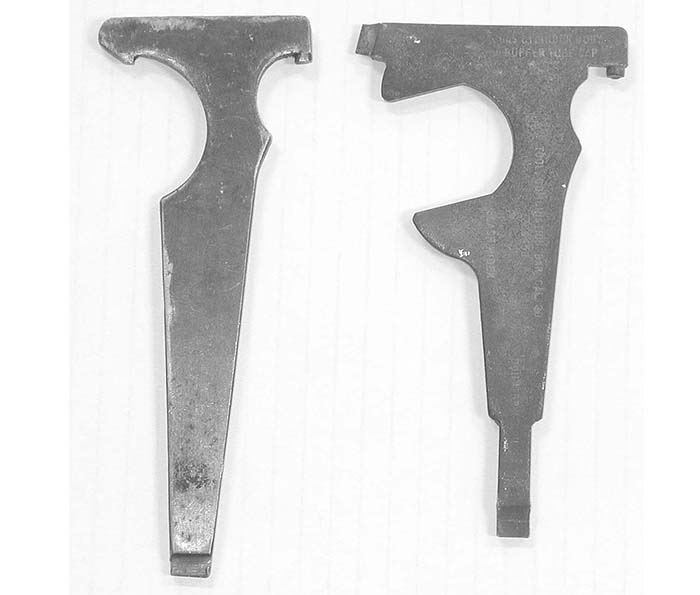By Dan Shea
“Take saltpeter, charcoal, and sulphur, and you can make thunder and lightning, if you know how.” – Roger Bacon, De Nullitate Magiae, 13th Century.
“If you know how” is the operative phrase in so much that we do. One of the prime motivators for Small Arms Review magazine is to dig into the depths of history and technology and bring the answers to our readers. I have had to field a number of questions lately about why we don’t put in conversion information to convert semi automatic weapons into fully automatic weapons. The answers should be obvious: legal and responsible behavior for one thing. It is not our mandate to show people how to build guns that would be illegal under today’s laws in the U.S. If you are a licensed Class 2, then you will find the answers you need as part of your research.
We can analyze the registered pieces that were made before 1986, we can show you how weapons are made, we can show you improvised weapons from around the world, and this is all in our legitimate study. If you are looking for a “how-to” manual, that won’t be in SAR. The magazines back in the 1980s were in a time frame where an individual could file a Form 1 and manufacture a machine gun. That is no longer true.
Q– The picture on pages 60-61 of the March issue of SAR is very interesting. The original Russian tripod and cradle for the DShK 12.7mm Heavy MG has the cocking handle built into the cradle and NOT on the gun. Since the pictured mount is an improvised one, it is interesting how they solved the problem of having no cocking mechanism. An empty cartridge case was attached (welded?) to the large knob on the side of the gun. This now offers a very workable solution to the problem of no cocking handle. I enjoy the publication and keep up the good work.

A– Actually, this charging method is an original design that is common to the DShK 12.7mm series as well as the KPVT 14.5mm series. While the charging handles are actually built into the mounts, there is an auxiliary charging handle position made into the side charger. See the accompanying photos for how this operates.

Q– In attempting to research for an article, I made the mistake of trying to pry information out of the ATF web site. A pot of coffee later, I was none the wiser. A simple question, really, and one that might be good for the magazine as well: what is the status of the M1A1 original carbine paratrooper stock? Does it make an M1 carbine too short? Just long enough?
A– The ATF website is growing and getting more precise on a weekly basis, and hopefully there will be a time when it truly answers most questions. They have some funding issues that hold them back from the great things they could be doing – like electronic Form 2, 3 and 5 filings, and a procedure manual online. However, on things like this, it is more likely that they will be answered when the NFATCA finishes with the National Firearms Act Procedures Manual (www.nfatca.org).
The M1 Carbine (M1A1) with side folding stock has brought this question to the front many times. When folded, the overall length is 25.5 inches, which is one-half inch under the minimum length for a rifle. A rifle with a barrel under 16 inches in length or under 26 inches in overall length requires registration in the NFRTR as a Short Barreled Rifle.

The best way to answer your question is to quote from the ATF Technology Branch’s letters on this question regarding how they measure rifles. Here is a typical quote: “For purposes of examination and classification under Federal firearms laws, the measurement of a rifle is always taken with a folding or collapsible stock extended. The overall length measurement is made parallel to the line of the barrel, measuring from the furthest end of the barrel to the furthest end of the buttstock.”
The M1A1 overall length when open is 35.5 inches and the barrel is over 16 inches, thus it is not a Short Barreled Rifle requiring registration. It doesn’t matter if it is an original stock or a reproduction, as this is not a Curio & Relic list function, but rather a determination of SBR status.
Q– I have a triangular shaped tool I found in a box of US weapon parts that my father had in an old ammo can. There are no markings on it. Can you identify this tool?

(Photo by Dan Shea, courtesy LMO Working Reference Collection)
A– The fact that you say it has no markings, along with your description, tells me it is probably a first model BAR tool. A picture of your tool would help, but without that, from the circumstances where you found it, I have taken a picture of both main variants of the BAR tool for your comparison. These are fairly common.
Q– I found an M249 bolt in .30 caliber. Is this one of the original 7.62 caliber M249 bolts?

A– No, that would be an FN MK48 7.62x51mm bolt head. There were only two of the prototype 7.62 caliber Minimis made. FN Manufacturing started this project for the Navy back in the 1990s, and it has been a successful one. The lightweight M249 variant in 7.62mm provides a much better cartridge for the operator of a “Squad Automatic Weapon” than the 5.56mm cartridge.
SAR covered the MK48 in depth in Volume 6, Number 10 and Volume 7, Number 10, and the prototype 7.62mm Minimis in Volume 6, Number 10.
Send questions to:
Raffica
sareview@aol.com
Or mail to:
Small Arms Review
Attn Raffica
631 N. Stephanie St #562
Henderson, NV 89014
| This article first appeared in Small Arms Review V9N10 (July 2006) |











